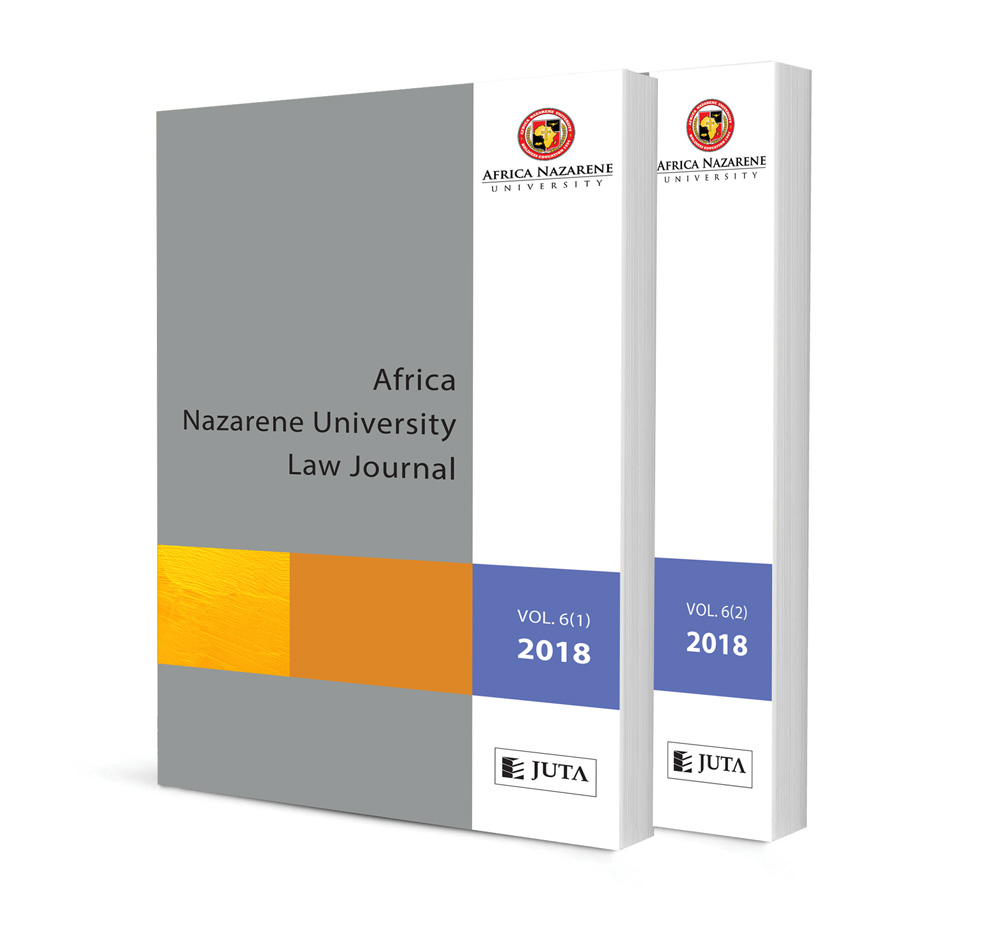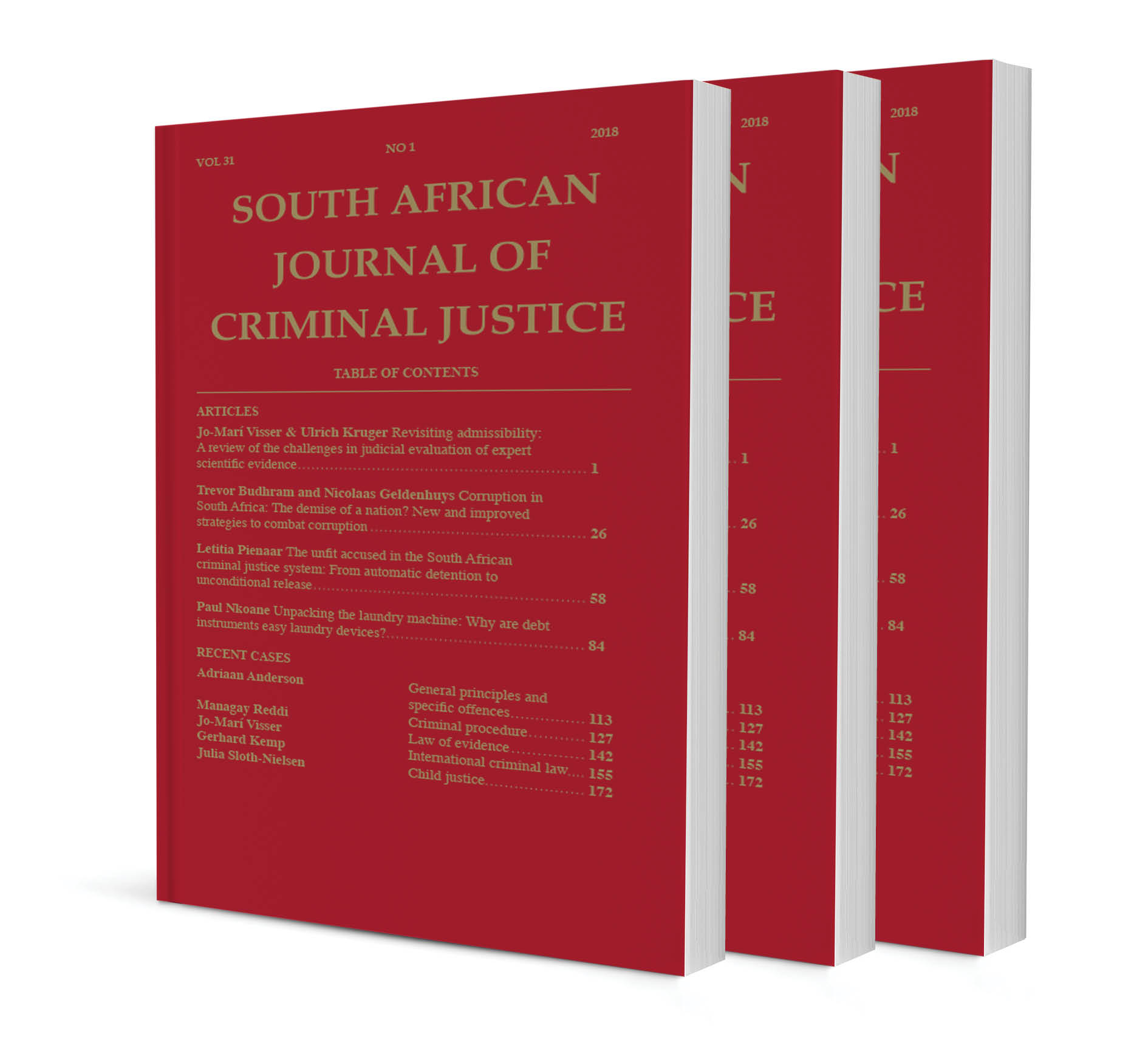Transformational leadership and work engagement in the automotive retail industry: A study of South Africa

Transformational leadership and work engagement in the automotive retail industry: A study of South Africa
Authors Abhinanda Gautam and Eben Enslin
ISSN: 2519-7886
Affiliations:
Source: The Corporate Report, Volume 9 Issue 2, 2019, p. 43 – 49
Abstract
None

